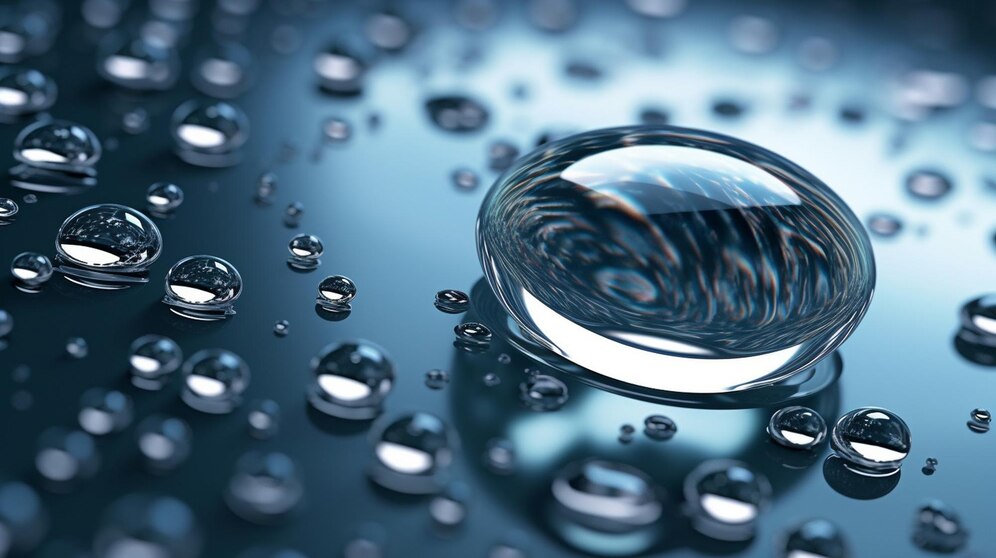Liquid absorbing substances are essential in various aspects of daily life and industrial processes. From everyday household items like sponges and toilet paper to sophisticated chemical compounds used in industries, these materials play a crucial role in managing moisture and maintaining hygiene. This article delves into the different types of liquid absorbing substances, their applications and their importance in our lives.
The Basics of Liquid Absorption
What Are Liquid Absorbing Substances?
Liquid absorbing substances, also known as absorbents, are materials that can take in and retain liquids through physical or chemical processes. These substances can be natural or synthetic and are designed to manage moisture effectively in various environments.
Importance of Liquid Absorbing Substances
The ability to control moisture is vital for numerous reasons:
- Hygiene and Sanitation: Absorbent materials like toilet paper and sanitary napkins help maintain personal hygiene.
- Safety: In industries, absorbing spills of hazardous liquids is crucial for safety.
- Comfort: Products like diapers and absorbent clothing provide comfort by keeping the skin dry.
- Preservation: Absorbents are used in packaging to protect goods from moisture damage.
Common Liquid Absorbing Substances
Household Absorbents
- Sponges: Made from natural or synthetic materials, sponges are highly porous, allowing them to absorb significant amounts of water quickly.
- Cotton: Known for its natural absorbency, cotton is used in a variety of products, from clothing to medical supplies like gauze and bandages.
- Toilet Paper: Designed for personal hygiene, toilet paper is made from highly absorbent paper pulp, ensuring effective moisture management.
Industrial Absorbents
- Calcium Oxide (Quicklime): Used in construction and chemical industries, calcium oxide absorbs water through a chemical reaction, forming calcium hydroxide.
- Anhydrous Calcium Chloride: This substance is highly effective in absorbing moisture and is used in dehumidifiers and as a drying agent in various industrial processes.
- Soda Lime: Composed of calcium hydroxide and sodium hydroxide, soda lime is used in medical and laboratory settings to absorb carbon dioxide and moisture.
Advanced Absorbent Technologies
Super Absorbent Polymers (SAPs)
Super absorbent polymers are materials that can absorb and retain extremely large amounts of liquid relative to their own mass. They are widely used in products like diapers, incontinence pads, and agricultural applications.
- Mechanism: SAPs absorb water through hydrogen bonding with water molecules. The absorbed water is then trapped within the polymer network.
- Applications: In addition to hygiene products, SAPs are used in soil conditioners to retain moisture in agricultural fields, reducing the need for frequent irrigation.
Silica Gel
Silica gel is a granular, vitreous form of silicon dioxide made synthetically from sodium silicate. It is a desiccant, meaning it can absorb and hold moisture.
- Mechanism: Silica gel absorbs moisture through physical adsorption, where water molecules adhere to the surface of the silica particles.
- Applications: Commonly found in packaging, electronics, and pharmaceuticals to keep products dry.
Activated Charcoal
Activated charcoal, or activated carbon, is a form of carbon processed to have small, low-volume pores that increase the surface area available for adsorption.
- Mechanism: It absorbs liquids and gases through physical adsorption, where impurities adhere to the surface of the carbon particles.
- Applications: Used in water purification, air filters, and medical treatments for poisonings.
Innovative Uses of Liquid Absorbing Substances
Environmental Cleanup
Absorbent materials play a significant role in managing environmental spills, particularly oil spills in water bodies. Materials like absorbent booms and pads made from polypropylene can quickly soak up oil, preventing it from spreading and causing further damage.
Agriculture
In agriculture, absorbents like hydrogels are used to retain soil moisture, promoting better plant growth and reducing water usage. These substances can absorb and slowly release water, ensuring plants have a consistent supply of moisture.
Medical Applications
Absorbent materials are crucial in medical settings for wound care, infection control, and surgical procedures. Products like absorbent dressings, gauze, and surgical sponges help manage bodily fluids and maintain a sterile environment.
Choosing the Right Absorbent Material
Factors to Consider
When selecting an absorbent material, several factors must be considered to ensure optimal performance:
- Absorption Capacity: The amount of liquid the material can absorb and retain.
- Speed of Absorption: How quickly the material can absorb liquid.
- Reusability: Whether the material can be used multiple times or is single-use.
- Chemical Compatibility: The material’s ability to absorb specific types of liquids without degrading.
Application-Specific Choices
- For Household Use: Products like sponges, cotton, and paper towels are ideal for everyday cleaning and hygiene due to their high absorbency and ease of use.
- For Industrial Use: Materials like silica gel, anhydrous calcium chloride, and super absorbent polymers are better suited for environments where large volumes of liquid need to be managed quickly and efficiently.
- For Environmental Use: Absorbent booms and pads designed for oil and chemical spills provide effective solutions for minimizing environmental damage.
The Future of Liquid Absorbing Substances
Research and Development
The field of liquid absorbing substances is continuously evolving, with ongoing research focused on developing new materials with enhanced absorbency and environmentally friendly properties. Innovations in nanotechnology and biodegradable materials hold promise for the future.
Sustainable Solutions
As environmental concerns grow, there is a push towards developing sustainable absorbent materials. Researchers are exploring plant-based polymers and other biodegradable substances that can absorb liquids effectively while minimizing environmental impact.
Technological Advancements
Advancements in material science are leading to the development of smart absorbents that can change properties in response to environmental conditions. These materials could have applications in various fields, including medical, environmental, and consumer products.
Conclusion
Liquid absorbing substances are integral to many aspects of life, from maintaining personal hygiene to managing industrial processes and protecting the environment. Understanding the different types of absorbents and their applications helps us appreciate their importance and make informed choices for various needs. As technology advances and new materials are developed, the role of liquid absorbing substances will continue to grow, offering innovative solutions for a wide range of challenges.







